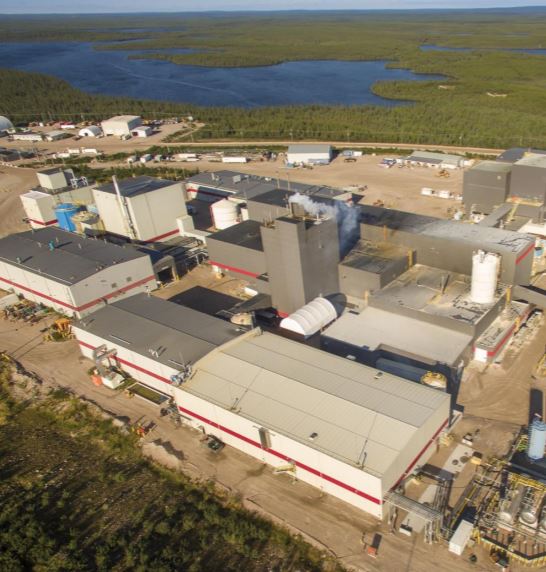Horizons launches Canada’s first uranium ETF

Horizons ETFs Management (Canada) has launched the Horizons Global Uranium Index ETF. Units of the ETF began trading Thursday May 17 on the Toronto Stock Exchange under the symbol HURA.
HURA is the first ETF in Canada to provide direct exposure to the global uranium sector – a roster of companies with a combined value of approximately $15 billion.
On Friday Horizons Global Uranium Index ETF was trading at $10.11, up 10% or $0.01 on low volume of 20,150.
Globally, Canada is ranked as the second largest uranium producing country and is home to the world’s largest publicly traded uranium company, Cameco Corp. [CCO-TSX; CCJ-NYSE], as well as a number of high profile uranium mining and exploration companies, including Denison Mines Corp. [DML-TSX], NexGen Energy Ltd. [NXE-TSX, NYSE], Fission Uranium Corp. [FCU-TSX], CanAlaska Uranium Ltd. [CVV-TSXV] and Uranium Energy Corp. [UEC- NYSE].
However, the underlying uranium price has defied predictions that it is about to recover from the impact of the 2011 Fukushima disaster. Before a powerful earthquake and tsunami disabled three reactors at the Fukushima nuclear plant in Japan, spot uranium was priced at US$72.63 a pound.
The radioactive metal has since lost over 70% of its value, prompting major producers like Cameco and Kazakh state-owned producer Kazatomprom [OZQ-FRA], to shut down production and announce indefinite layoffs as long term contracts that pay huge premiums to the current spot price expire.
In November, 2017 Cameco said it was temporarily suspending production at the McArthur River and Key Lake operation in Saskatchewan. It attributed the move to the continued state of oversupply in the uranium market and the expectation of little change in the immediate future.
Cameco said it has been partially sheltered from the full impact of weak prices by its portfolio of long term contracts, but those contracts are running out and it is necessary to position the company today to generate cash flow if prices do not improve.
On July 25, 2018, Cameco said a lack of improvement in the uranium price prompted it to extend a suspension of production at the McArthur River and Key Lake mines for an indeterminate duration.
In January 2017, Kazatomprom said that production would be reduced by 10% due to low prices. In December 2017, it announced that reduction would be 20% of 2017 levels, enacted over three years.
Kazakhstan has 12% of the world’s uranium resources and produced about 21,700 tonnes of uranium oxide in 2018.
Uranium does not trade on an open market like other commodities such as gold and copper. The uranium market is characterized by long term contracts (7-10 years) between the miners and nuclear power utilities.
Prices are published by independent market consultants such as UxC, LLC and Trade Teck.
According to UxC, spot uranium was trading at US$24.65 a pound on May 13, 2019, compared to a recent low of US$18.50 in late 2016. Analysts say spot prices remain at levels that are too low to incentivize the development of new mines.
“The price of uranium needs to rise at least 100% from today’s spot market levels – and stay there for a sustainable period – before the majority of miners can even contemplate re-starting idled capacity or moving ahead with new project development,” said U.S. investment fund Lloyd Harbor Capital Management, LLC in a report.
The contracts entered into prior to the Fukushima nuclear accident are entering a phase of rapid expiry.
“Even with the proper incentive price, the length of time (2-10 plus years) to bring on new projects necessary to meet increasing global nuclear demand will drive deficits for years into the future,” Lloyd Harbour said in its report.
At a recent industry conference, Kazatomprom Chief Strategy and Marketing Officer Riaz Rizvi said the company’s production is nearly at capacity and therefore Kataztomprom should not be relied on to fill any supply deficits.
He went on to say that based on current supply/demand dynamics, in order to meet global needs, multiple Kazatomprom (meaning entities the size of Kazatomprom) would be needed to be discovered and developed. Katazomprom, combined with its joint venture partners, accounts for 41% of global supply.
